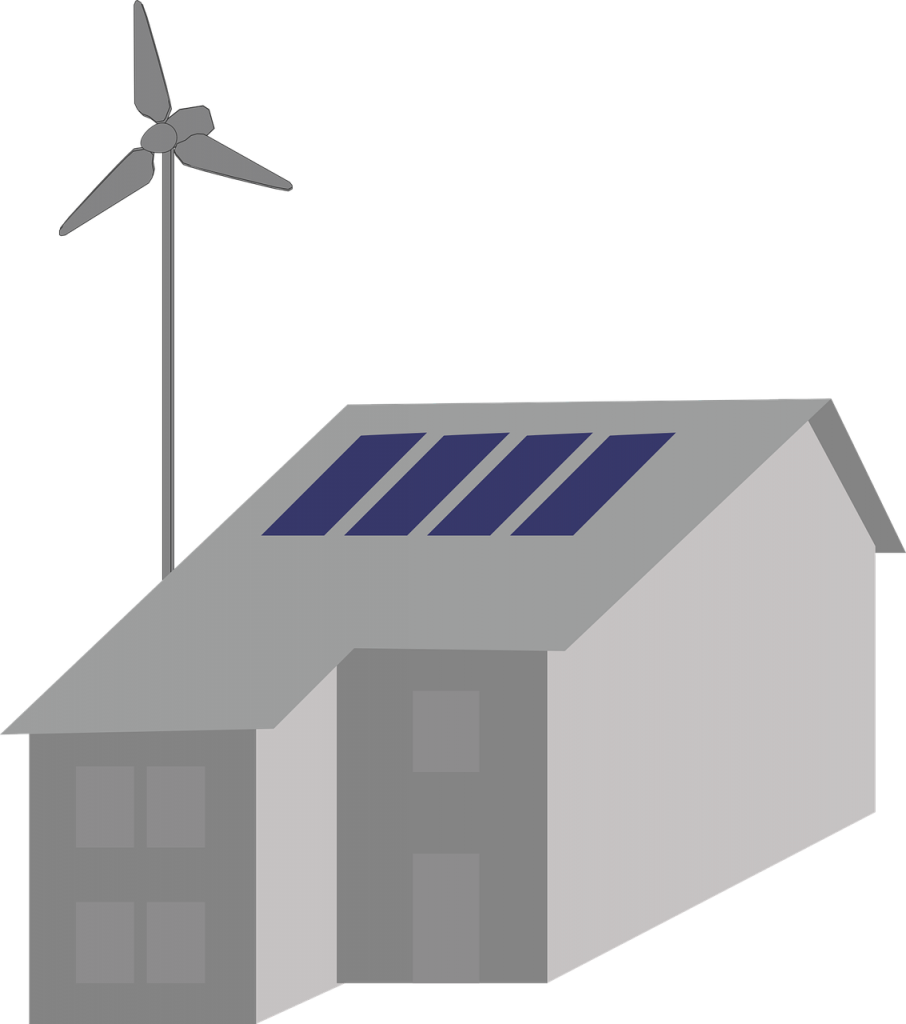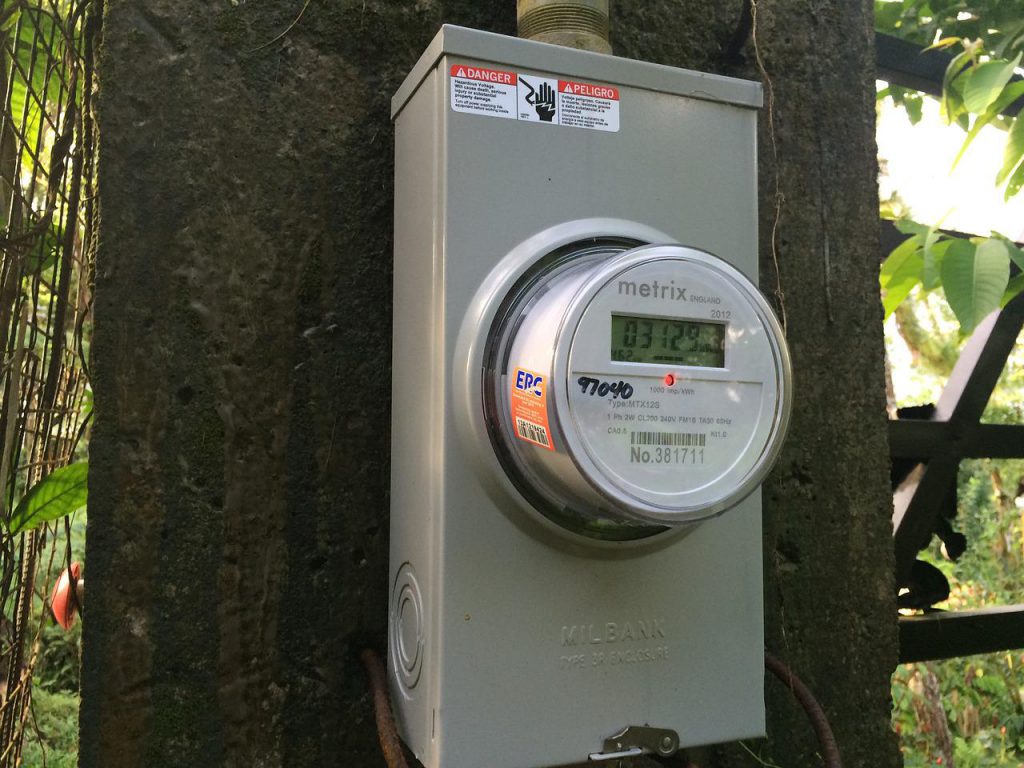It seems like solar energy is growing more popular by the day, so you might be thinking about making the switch. But understanding how solar energy systems work can be a little confusing, and you probably have a lot of questions. If you are just learning about solar energy and don’t know where to start or what kind of system you should get, Go Solar Energy can help! We have compiled a list of frequently asked questions and their answers, so you can have as much information as possible before purchasing a solar energy system.
What is the difference between grid-tied and off-grid solar?

With grid-tied solar energy systems, the energy that your system generates will be used to power your home first, and then any excess power will be sent back to your utility company. It will then be distributed to everyone in your area who is connected to your local grid. You will also be able to use the energy stored in the grid to power your home at night, or any other time your solar panels are not generating any power.
On the other hand, off-grid solar energy systems have no access to the utility grid whatsoever. Your home or business will need to generate all of its electricity, so you will need a way to store energy for nights and cloudy days. This means you’ll need a “battery bank,” or batteries that will store any extra energy produced. The batteries will be the most expensive part of this type of solar system, accounting for about 30-40% of the cost of the system.
Will my mounting system be covered under my system’s warranty?
Solar panels are installed on your roof or the ground with a racking and mounting system; this system should also be covered by your warranty, because it’s what holds up your solar panels, and helps protect your roof. Typically solar energy companies will offer a 10-20 year warranty on racking and mounting gear.
How do I get a permit for my solar system?
When you work with a reputable company, like Go Solar Energy, we will take care of the permit paperwork for you, so you’ll have one less thing to worry about!
What is net metering?

Depending on the state you live in, some utility companies offer net metering options that will allow you to earn varying amounts of money each month when you sell your unused electricity back to the grid. There are 3 different types of net metering:
- Full retail net metering– With this type of net metering, your utility company will value your extra energy at the full retail rate for electricity, which means you’ll be paid the amount that non-solar residents pay per kilowatt-hour for their electricity.
- Avoided cost net metering– If you have this type of billing, your utility company will pay you back the amount of money that they saved by not having to provide you with electricity, which will be less than the retail rate.
- Time-of-use net metering– In this case, your extra energy will be bought back when it is used, meaning if your electricity is bought during peak hours, you’ll get more money for it.
What size system do I need?
To help determine how many panels your house specifically needs, it’s important to keep track of how much energy you generally use in both the winter and the summer, as these amounts can vary. This way, when you are ready to install a solar panel system, Go Solar Energy can help you find the one that will best suit your energy needs throughout the whole year.
Different panels have different production rates, so after estimating how much energy you use in your home (the average is about 10,400 kWh), our agents can help you determine how many solar panels are necessary to produce the amount of energy that you need to run your home. This will help maximize your savings in the end.
What’s the difference between string inverters and microinverters?
An inverter is a piece of equipment that converts solar energy into a form of electricity that you can use to power your home.
There are generally two types of inverters: string inverters, which are standalone, central units, and microinverters, which are installed on each solar panel. This makes them the best option for roofs that have an abundance of shade, since they can operate independently. With a string inverter, solar panels produce electricity based on the level of the lowest-performing panel on the same string. However, with microinverters, because each panel has its own inverter, all of the other solar panels can perform efficiently even if one panel is not.
Will having a solar energy system increase the value of my home?

Research shows that buyers are willing to pay more for homes with rooftop solar panels. How much more? Well, on average around $15,000 more for a home with an average-sized solar photovoltaic system. Actual figures vary from property to property, and from installation to installation, but recent research shows an average increase in the resale value of between $4,020 and $5,911 for each 1 kilowatt (kW) of solar installed. As the price of traditional electricity goes up, so does the value of having solar panels installed.
What are the best solar products on the market?
When researching solar panels, you should look for ones with a long life expectancy. One way to determine how durable panels might be is by looking at the warranty offered by the company that makes them. In addition, you should look for panels produced by companies who have had them independently tested.
Reviewing all the different types of solar panels, how durable and efficient they are, and the warranties offered by different companies can take a very long time. Go Solar Energy makes the process easier for you. Give us a few minutes and we can compare all of the different types of solar panels for sale and how much each company charges for them. We’ll set you up with a local agent who will go over all available plans to help you find the solar energy system that best suits your needs and finances. To get started, enter your zip code on the homepage, or to speak directly to one of our agents call (888) 290-3112.
Leave a Reply